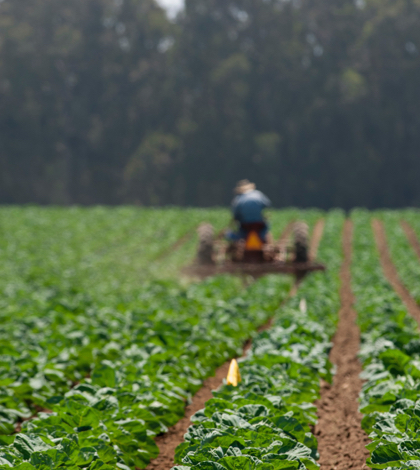With no end to the California drought in sight, farmers in the Central Valley have to make tough decisions to keep their businesses afloat. Many farmers are fallowing their land. The cost of accessing water has eaten more of the farmers’ budget and doesn’t go as far as it once did.
Instead of passing the price increase off to the consumer, many farmers are dipping into their profit margins. The wide variety of crop growers gives consumers the ultimate advantage. To keep themselves competitive with other growers, many would rather have a smaller profit margin than none at all.
“The improvement in pricing has not been anywhere close to the increase in raw input costs and the cost you get stranded with when you have such a large percentage of your land unplanted,” Steve Hamm, controller for San Joaquin Valley tomato and lettuce grower Harris Farms Inc., told The Wall Street Journal.
In addition to the rising costs of obtaining water, farmers have to take into account their fallowed land as part of their business expense. Not growing on those areas of land means less money in their pockets.
Farmers are also moving away from crops, like rice, alfalfa and cotton that require significant amounts of water. Instead, they are growing more drought-tolerant crops, like grapes and almonds.
The other major issue farmers in the Central Valley are seeing: growing competition. As more growers move to drought-tolerant crops, the competition becomes fiercer. Instead of having a few key growers for crops like grape and almonds, farmers who once grew alfalfa and cotton are now moving into the grape and almond field. While this competition is great for consumer pricing, the saturated growing market can wreak havoc on growers’ bottom line. Instead of raising costs, growers are eating into their profit margin, out of fear of being shut out from consumers by higher prices.
Farmers in the Central Valley are hoping for a strong El Nino, which could help the drought-stricken state.
 California Water News Daily Your Source For Water News in California
California Water News Daily Your Source For Water News in California


